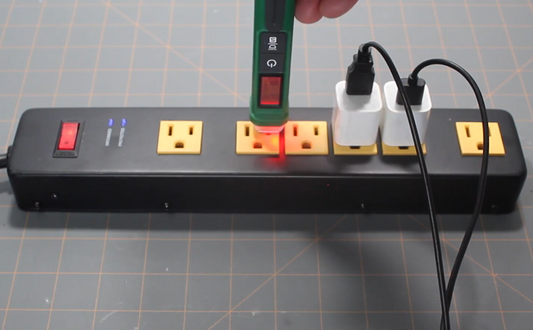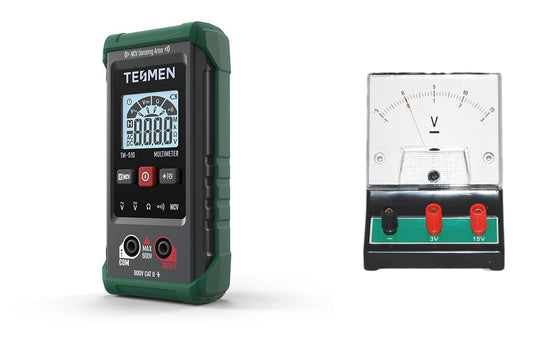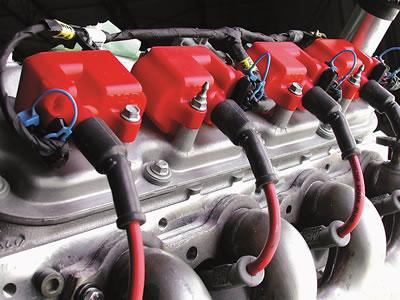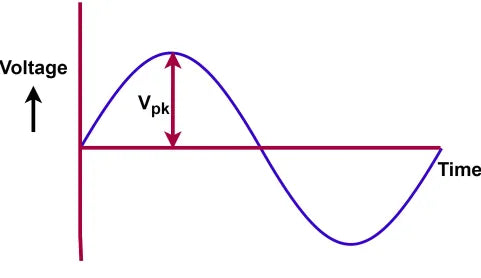TESMEN Blogs

How to Use a Voltage Tester on an Outlet
How to Use a Voltage Tester on an Outlet Introduction Electrical outlets are ubiquitous in our homes, providing the power we need to run our devices and appliances. While they...
How to Use a Voltage Tester on an Outlet
How to Use a Voltage Tester on an Outlet Introduction Electrical outlets are ubiquitous in our homes, providing the power we need to run our devices and appliances. While they...

How Does a Voltage Tester Work?
How Does a Voltage Tester Work? Introduction: Voltage testers are indispensable tools for anyone working with electrical systems. They provide a crucial safety check by determining if a circuit is...
How Does a Voltage Tester Work?
How Does a Voltage Tester Work? Introduction: Voltage testers are indispensable tools for anyone working with electrical systems. They provide a crucial safety check by determining if a circuit is...

How to Use a Non-Contact Voltage Tester
How to Use a Non-Contact Voltage Tester Opening up an electrical box or working with wires can be a nerve-wracking experience. You want to be absolutely sure that the power...
How to Use a Non-Contact Voltage Tester
How to Use a Non-Contact Voltage Tester Opening up an electrical box or working with wires can be a nerve-wracking experience. You want to be absolutely sure that the power...

Difference between Multimeter and Voltmeter
Multimeter VS Voltmeter Multimeter and voltmeter are two common handheld measuring devices used in electrical work, but they serve different purposes and have distinct features. In this article, we will...
Difference between Multimeter and Voltmeter
Multimeter VS Voltmeter Multimeter and voltmeter are two common handheld measuring devices used in electrical work, but they serve different purposes and have distinct features. In this article, we will...

How to Test a Coil Pack with a Multimeter
How to Test a Coil Pack with a Multimeter: Introduction A malfunctioning ignition coil can lead to poor engine performance, reduced fuel efficiency, and even engine misfires. Testing your...
How to Test a Coil Pack with a Multimeter
How to Test a Coil Pack with a Multimeter: Introduction A malfunctioning ignition coil can lead to poor engine performance, reduced fuel efficiency, and even engine misfires. Testing your...

What is True-RMS?
What is True-RMS? Understanding the Key to Accurate AC Measurements In the world of electrical engineering and electronics, the measurement of alternating current (AC) is a fundamental and often critical...
What is True-RMS?
What is True-RMS? Understanding the Key to Accurate AC Measurements In the world of electrical engineering and electronics, the measurement of alternating current (AC) is a fundamental and often critical...
